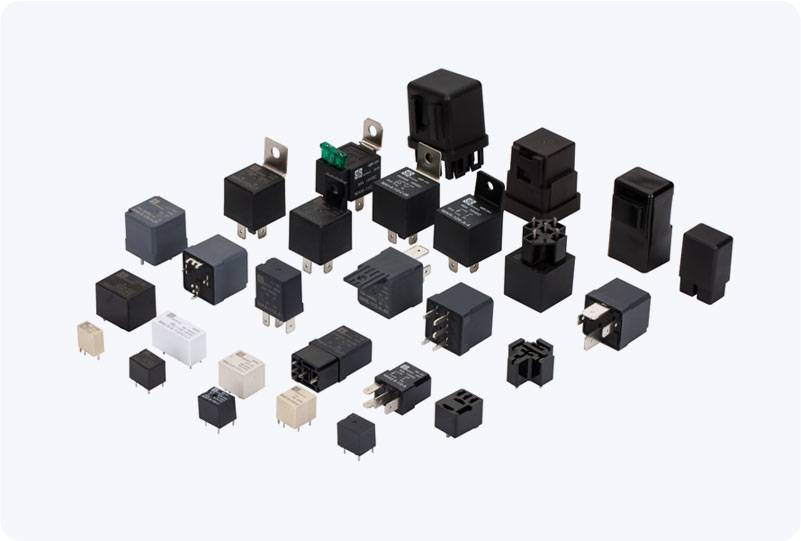The world of electrical engineering has undergone significant advancements in recent years, and one such innovation is the Solid-State High Voltage (HV) Relay. These devices, which utilize semiconductor components instead of mechanical contacts, have revolutionized how high-voltage systems are switched and controlled. This article will explore what Solid-State HV Relays are, how they work, their advantages, and their various applications across industries.

What is a Solid-State HV Relay? A Solid-State High Voltage Relay (SSHR) is a type of electrical relay that utilizes semiconductor components like transistors, thyristors, or MOSFETs to switch high-voltage electrical circuits. Unlike traditional mechanical relays, which use physical moving contacts to open and close circuits, Solid-State HV Relays are entirely electronic. This design eliminates the wear and tear caused by mechanical parts, offering a significantly longer operational life and greater reliability. These relays are designed to handle high voltage and current levels, making them essential components in power systems where traditional relays would be too cumbersome or impractical. Solid-State HV Relays are particularly important in applications requiring fast switching times and robust performance in harsh environments.